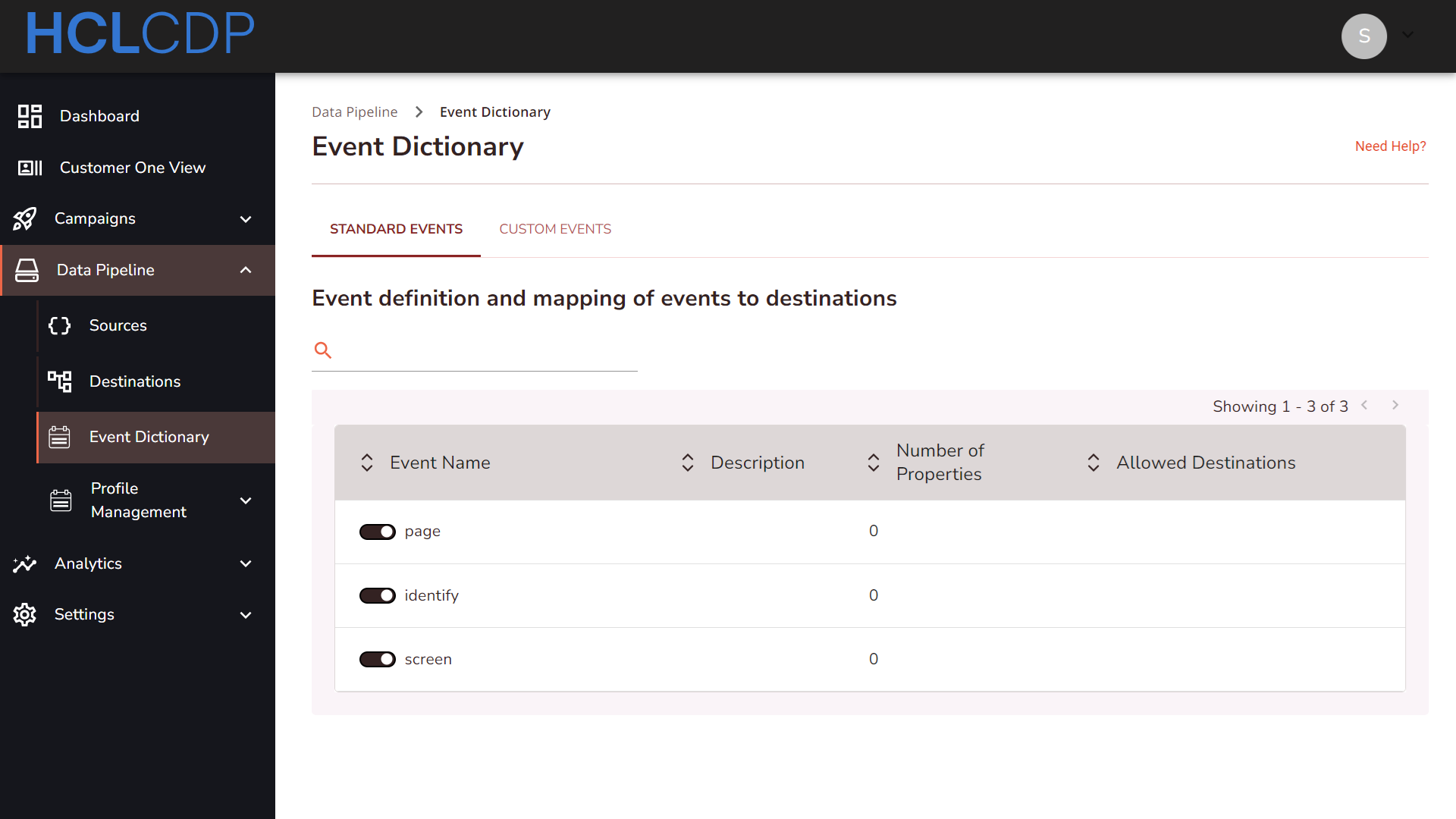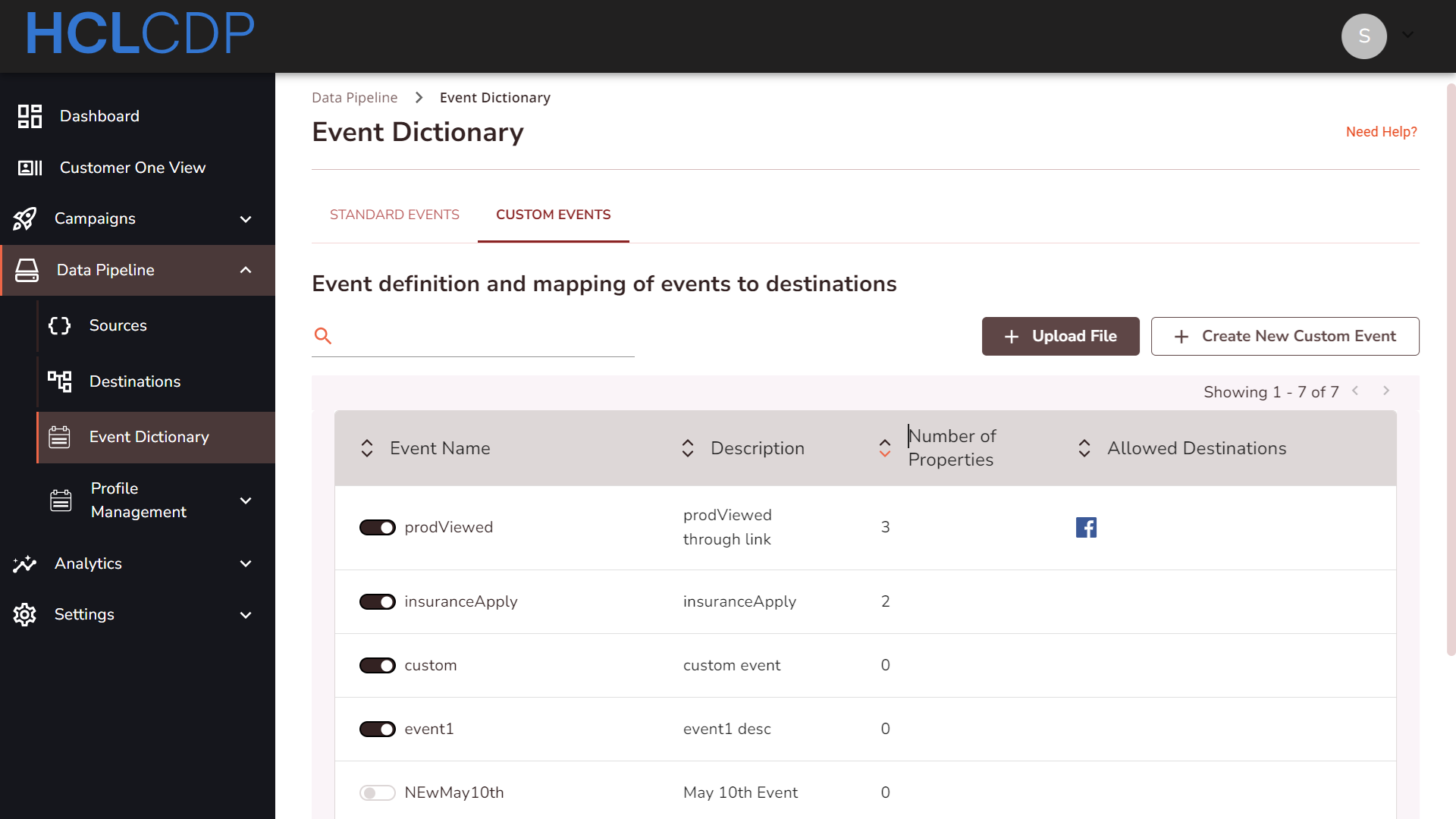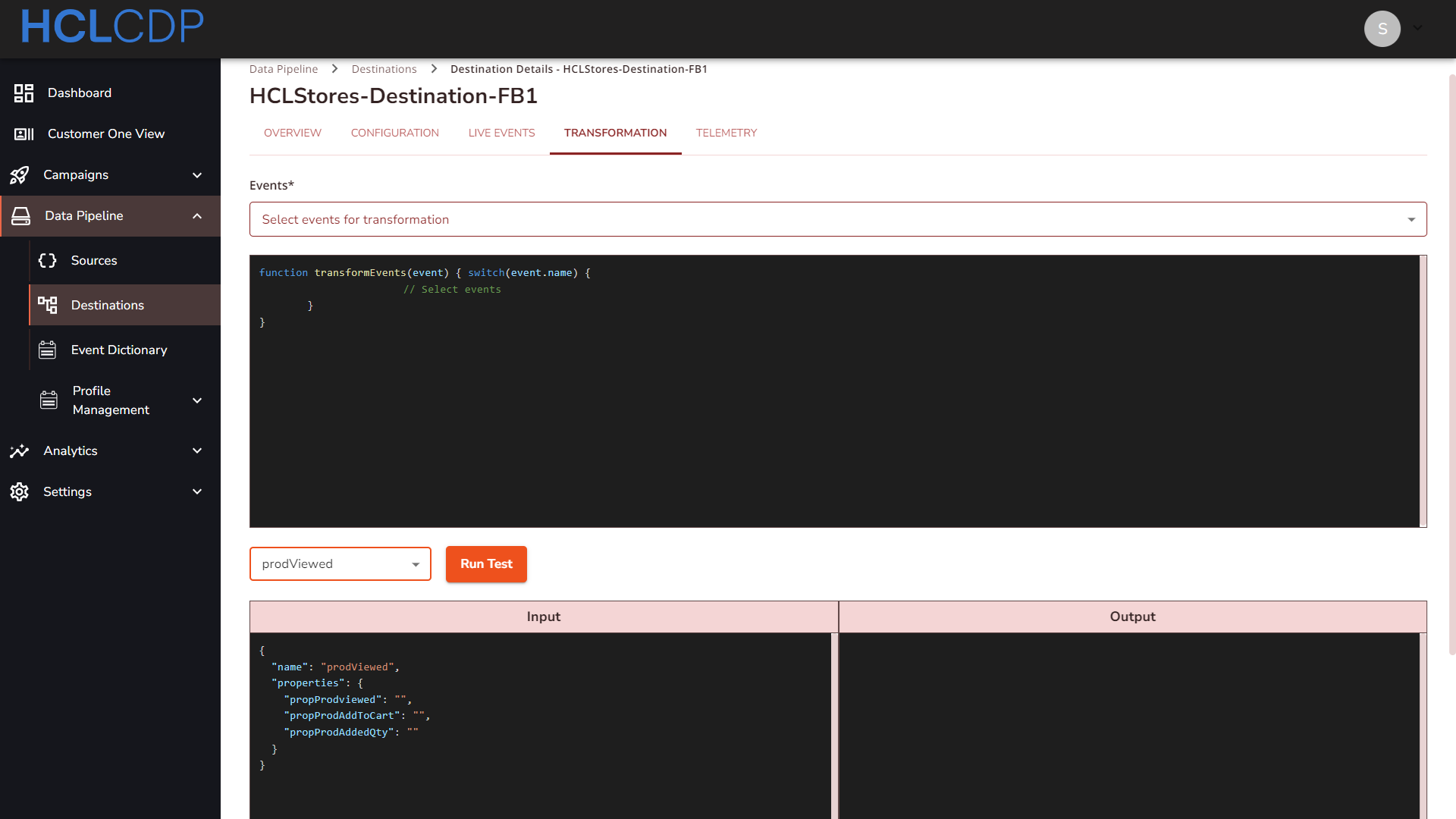Events Overview
This page provides a brief overview of events and their role in your marketing campaigns.
What is an event?
An event refers to any action performed by a customer while interacting with your business.
For example, consider a typical customer journey when purchasing a product:
- The customer visits your brand���s website, and the homepage loads.
- The customer scrolls the page and clicks on the desired product.
- The customer checks for offers and adds the product to the cart.
- The customer receives an email about an ongoing offer and clicks the email link.
- The customer is directed to the ���Buy Now��� page and completes the payment.
In this scenario, the following actions are considered events:
- Page Load: When the website homepage loads.
- Track: When the customer scrolls the page.
- Click on Product: When the customer clicks the product.
- Add to Cart: When the product is added to the cart.
- Click on Email Link: When the customer clicks the email offer link.
- Page Load: When the customer is directed to the "Buy Now" page.
- Order Placed: When the customer completes the payment.
Types of events in HCL CDP
Events in HCL CDP are categorized into Standard Events and Custom Events.
Standard events
Standard events are pre-defined in HCL CDP with standard mappings and attributes for various destinations. These events are automatically mapped and include:
- Identify: Identifies the user and merges the cookie ID with the existing profile. Examples include login or subscription. Learn more.
- Page: Tracks the pages viewed by the user. It helps create a customer funnel and identifies drop-off pages. Learn more.
- Screen: Tracks the screens viewed by the user on an app. It helps create a customer funnel and identifies drop-off screens. Learn more.
- Track: Tracks user behavior on the website or app. Examples include time spent on the app, products added to the cart, or video drop-off points. Learn more
Viewing Standard Events
To view standard events:
- Go to Data Pipeline > Event Dictionary > Standard
Events.

Custom events
Custom events are not pre-defined in HCL CDP and do not have standard mappings. Businesses must create and map these events to destinations as needed.

Transformation
Transformations in HCL CDP allow you to convert user or event attributes into a destination-compatible format. Transformations are typically set up for custom events since the process is configured at the destination level. This is a one-time activity for tracking a specific event for a destination. The same event can be transformed differently across platforms.
For example:
- A "productviewed" event might be transformed as:
- "viewedproduct" for Facebook
- "viewed" for Google Ads
Creating a Transformation
To create a transformation:
- Go to Data Pipeline > Destination.
- Select a destination and navigate to Transformation.
- Click Add Transformation.
- Select the events to transform from the list of available events.
- Test the transformation:
- Select an event in the Events field below the code snippet.
- Click Run Test.
- Click Validate and Save to save the transformation.

Deleting a Transformation
To delete a transformation, click Delete Transformation in the lower-left corner of the window.